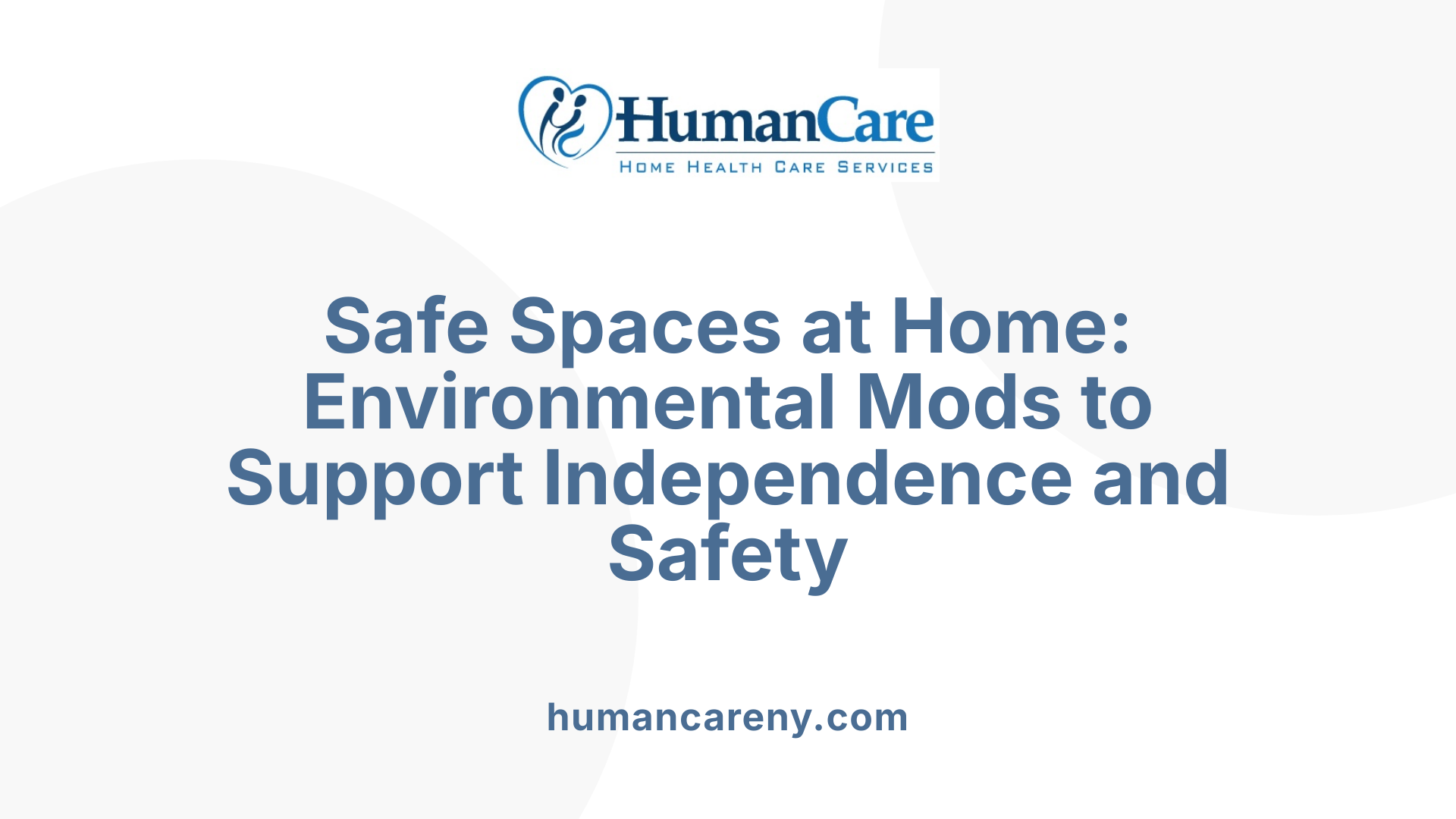Understanding the Critical Role of Companion Caregivers
Incontinence care presents unique challenges that require sensitivity, skill, and patience. Companion caregivers play a vital role in managing these challenges with dignity and compassion, ensuring the comfort, safety, and emotional well-being of individuals with incontinence. This article explores effective strategies, best practices, and resources that enable caregivers to provide respectful and effective incontinence support within home care settings.
Personalized Incontinence Care Strategies

What are some considerations for incontinence care for individuals with special needs?
When providing incontinence care for individuals with special needs, it is crucial to account for their unique medical, developmental, and sensory requirements. Creating accessible bathroom environments and establishing consistent routines can support independence. Using appropriate, often adjustable, incontinence products tailored to their specific needs helps increase comfort. Sensory sensitivities, such as noise or lighting issues, should be minimized in the bathroom setting to reduce discomfort. Patience, support, and positive reinforcement are vital, alongside collaboration with healthcare providers to develop personalized care plans. Addressing factors like mobility difficulties, constipation, or behavioral challenges can enhance toileting success and improve their overall quality of life.
How should caregivers handle bowel incontinence?
Handling bowel incontinence involves maintaining excellent skin hygiene to prevent irritation or infections. Gentle cleaning, drying, and barrier cream application are fundamental. Using suitable incontinence supplies like absorbent pads or disposable underwear can contain accidents effectively. Establishing a regular bowel training schedule and assisting with prompt toileting supports better control. Dietary modifications, such as increasing fiber intake and managing constipation, help reduce episodes. Caregivers should consult healthcare professionals for tailored treatment options, which may include medications or exercises. Providing psychological reassurance and emotional support helps individuals cope better with their condition.
What are some environmental modifications that can reduce incontinence issues?
Environmental changes play a significant role in managing incontinence. Making bathrooms accessible by keeping doors open, adding contrast colors, and ensuring bright lighting helps individuals with cognitive or mobility limitations find and use facilities safely. Removing obstacles and clutter reduces fall risks. Installing grab bars, raised toilet seats, or portable commodes provides additional support. Adaptive clothing like elastic waistbands and easy-to-close fasteners simplifies dressing and undressing. Private, clearly marked, and well-lit bathrooms encourage timely use, decreasing the chances of accidents. These modifications create a safer, more supportive environment that promotes dignity and independence.
Do caregivers help with toileting, and what options are available for assistance?
Yes, caregivers often assist with toileting, especially for those with mobility or health challenges. Support can range from helping with transfers from bed or wheelchair to the toilet, to changing incontinence products and maintaining hygiene. In-home care services provide trained personnel who deliver support within the home, while assisted living facilities also offer comprehensive toileting assistance. Adaptive devices such as elevated toilet seats, grab bars, and urinary management aids are valuable tools that help individuals become more independent and safer during toileting. The choice depends on the individual's needs, preferences, and overall health, with the goal of promoting comfort, safety, and dignity.
What support and resources are available for caregivers managing incontinence?
Caregivers managing incontinence have access to several support networks and resources. These include training programs that teach proper hygiene, product selection, and management techniques. Medical guidance from healthcare professionals can help tailor care plans and treatment options. Support groups and organizations like the Family Caregiver Alliance, the National Association for Continence (NAFC), and health foundations provide emotional support and valuable education.
Local continence services, GPs, and helplines such as the National Continence Hotline offer further assistance and assessment. Planning for outings by packing supplies, using incontinence products, and choosing accessible locations helps manage daily activities. Employing behavioral strategies—such as bladder training, pelvic exercises, and dietary changes—can improve symptoms. Overall, combining medical advice, community resources, and emotional support creates a comprehensive approach that benefits both caregivers and those receiving care.
What are best practices for caregivers when assisting with incontinence, including hygiene and toileting?
Effective caregiving involves establishing a predictable toileting routine and using aids like raised toilet seats and grab bars to ensure safety and independence. Maintaining appropriate hygiene is vital, involving thorough cleaning, prompt changing of incontinence products, and skin protection to prevent irritation and pressure ulcers. Using respectful language and maintaining a calm demeanor helps preserve the individual’s dignity. Monitoring for skin issues and adjusting products as needed is important. Dietary modifications, bladder training, and hydration management complement physical care efforts. Caregivers should also seek medical advice when issues persist and plan outings carefully by packing necessary supplies. Emotional resilience and self-care are vital for caregivers to sustain compassionate and effective support.
How can caregivers support the dignity and comfort of individuals with incontinence?
Supporting dignity and comfort involves respectful, empathetic communication and protecting privacy during care routines. Using gentle handling, respectful language, and involving individuals in decision-making promotes autonomy and self-esteem. Environmental adjustments such as installing support bars, using accessible furniture, and keeping bathrooms safe and private help maintain independence. Emotional support through reassurance, active listening, and avoiding stigmatization can alleviate feelings of shame. Tailoring care to personal preferences and fostering a supportive atmosphere encourages positive body image and mental well-being. Addressing psychological impacts and ensuring respectful treatment are fundamental to dignified incontinence care.
What are effective strategies for managing incontinence among elderly or chronically ill populations?
Management involves a thorough assessment to identify causes, followed by individualized plans that emphasize non-invasive approaches. Establishing consistent toileting schedules, bladder and bowel training, and pelvic exercises enhance control. Environmental modifications like grab bars, raised toilet seats, and accessible pathways promote safety.
Medications or minor surgeries may be considered if conservative measures are insufficient. Education and emotional support are crucial to diminish stigma and promote acceptance. Collaboration among healthcare providers ensures the plan addresses physical needs and psychological well-being. Regular monitoring for complications and ongoing adjustments help improve comfort and independence. Combining medical, environmental, and behavioral strategies yields the best outcomes for elderly and chronically ill individuals, ensuring dignity and quality of life.
Supporting Skin Health and Hygiene

How should caregivers handle bowel incontinence?
Caregivers should focus on maintaining excellent skin hygiene by gently cleaning the affected area with mild, non-irritating cleansers and carefully drying the skin to prevent irritation or breakdown. Applying barrier creams or skin protectants, such as zinc oxide or petroleum jelly, creates a protective layer against moisture and irritants. Using appropriate incontinence products that suit the individual’s needs—such as absorbent pads or disposable underwear—helps contain leaks and protect clothing and bedding.
Establishing a consistent toileting routine and helping with prompt bowel movements reduce the risk of skin damage and discomfort. Dietary adjustments that promote regular, healthy bowel movements—like increasing fiber intake, avoiding foods that cause diarrhea, and managing constipation—are essential.
It’s vital for caregivers to seek guidance from healthcare professionals for personalized treatment options. These may include exercises, medications, or surgical procedures if necessary. Providing emotional support and reassurance can help individuals cope better with incontinence, reducing feelings of embarrassment or frustration.
What are some environmental modifications that can reduce incontinence issues?
Making the bathroom easier to access and navigate plays a crucial role in reducing incontinence problems. Keeping bathroom doors open, using contrast colors on walls or floors, and installing clear signage and adequate lighting help individuals, especially those with cognitive or mobility impairments, locate and reach the toilet comfortably.
Clutter-free pathways and unobstructed routes to the bathroom further reduce fall risks. Adaptive clothing, like pants with elastic waistbands or those with Velcro fasteners, simplifies dressing and undressing. Supportive devices such as grab bars, raised toilet seats, or portable commodes add safety and convenience.
Creating a private, well-lit, and clearly marked bathroom environment encourages timely use and minimizes accidents. Using cues like alarms or reminders can also aid those with memory issues, promoting independence and safety.
Incorporating these modifications can significantly improve comfort, safety, and dignity for individuals managing incontinence.
Home Environment Optimization for Incontinence Management

What environmental modifications can reduce incontinence issues?
Creating a safe and accessible home environment plays a crucial role in managing incontinence, especially for seniors or individuals with mobility or cognitive challenges. Simple modifications can make a significant difference.
First, ensure the bathroom is easy to find and reach. Keep the door open or clearly marked with contrasting colors and labels to help recognition. Adequate lighting prevents accidents, especially during nighttime visits.
Removing clutter from pathways and mounting grab bars near the toilet provides support and stability. Installing raised toilet seats or portable commodes reduces strain and makes sitting and standing safer.
Adaptive clothing, like elastic waistbands or clothing with Velcro fasteners, simplifies dressing and undressing phases.
Additional aids such as alarm systems or reminders for bathroom trips can encourage timely toileting.
Overall, an environment that is well-lit, minimally cluttered, and equipped with safety supports encourages independence and reduces the risk of falls or accidents associated with incontinence.
Supporting a Dignified and Comfortable Life
Incontinence care posed challenges but with compassionate, knowledgeable, and personalized approaches, companion caregivers can profoundly improve the quality of life for their clients. Through meticulous hygiene practices, environmental modifications, emotional support, and ongoing education, caregivers foster dignity, safety, and comfort. Access to resources, professional guidance, and community support further empower caregivers in their vital role. Ultimately, fostering respectful, empathetic, and proactive incontinence management not only enhances physical health but also preserves the individual's sense of independence and self-respect, ensuring a supportive environment where dignity is prioritized at every step.
References
- Caring for Someone with Incontinence: Emotional and Social Issues
- How Family Caregivers Can Help Loved Ones Manage Incontinence
- Strategies for Caring for Someone With Incontinence
- Incontinence Care – All At Home Companion Care
- [PDF] Managing Urinary Incontinence - CEConnection
- Incontinence Care for Seniors – Tips for Caregivers | Right at Home
- Skilled and Compassionate Incontinence Care for Seniors
- Top Incontinence Care Tips for Family Caregivers



